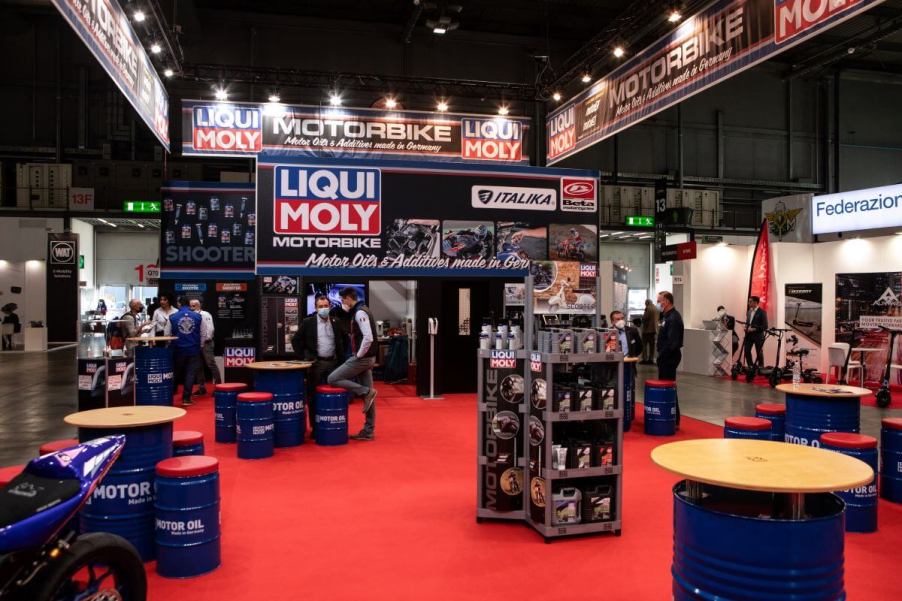
2 Pros and 1 Con of Using Octane Boosters
You’ve probably come across octane boosters when looking for accessories to enhance your vehicle performance or help cut down your vehicle’s maintenance costs. However, despite its benefits, a few cons are associated with its usage. Here are two pros and one con of using octane boosters that you should know about.
How octane boosters enhance vehicle performance
According to JB Tools, octane boosters are liquid additives that can be added to a gas tank to improve the octane level of the gas.
Before discussing the pros and cons of using an octane booster, let’s look at how these fuel additives work. MyCarMakesNoise indicates that octane boosters increase the fuel octane level or rating. This increases the compression ratio and ensures the fuel ignites well, enhancing overall vehicle performance.
GoldEagle recommends using an Octane booster at every fill-up. However, you should check how much octane booster you should use for a specific amount of fuel since they differ in rating.
What are the advantages of octane boosters?
Octane boosters have several advantages, with the major ones increasing the driving performance and the engine function. Here’s a breakdown of these two benefits:
Increasing driving performance
If you’re driving a high-performance vehicle, it will work better when fed with high-octane fuel. These vehicles require high compression for optimal performance. Therefore, with a higher octane rating, the car will have better air induction and advanced ignition timing. Once the engine runs well, the rest of the vehicle’s components, like the catalytic converter, will also run efficiently. Consequently, this restores all the lost horsepower.
Even though octane boosters can help you improve your driving experience, you should use one with the recommended rating. Otherwise, you will waste your money on octane boosters since vehicles only perform to their required rating even after adding the booster.
Improves engine function
The most crucial benefit of an octane booster is improving engine performance by preventing knocking. Engine knocking is a tapping, pinging noise that comes from the engine that gets louder as you accelerate hard. When an engine is knocking, it means you’re using lower-fuel octane than the recommended manufacturer’s rates.
Adding an octane booster to your engine ensures it meets its required octane standards for optimal performance. The engine will recognize the high-octane levels and change its ignition timing automatically.
Please note that if you own a high-performance vehicle and are preparing for an event requiring maximum power, you should start using the octane booster several weeks before the event. This permeates the engine and ensures it properly reacts with fuel during the event.
Besides that, Fastexocet indicates that some octane boosters can clean a vehicle’s combustion chamber and improve how the engine runs. They remove the power-robbing combustion chamber deposit that develops in engines over time, which leads to the engine needing higher octane gasoline than the manufacturer rating.
What are the cons of using octane boosters?

Even though there are several advantages of using octane boosters, they come with the disadvantage of being expensive. They tend to add a few bucks to the price of refueling since it results in high fuel consumption. This can result in a significant amount if you fuel up regularly. This requirement can be challenging unless your vehicle is for commercial use.
You should also note that using too octane booster can clog up components like oxygen sensors and spark plugs. Therefore, read the additive’s label carefully before adding it to a capless gas or fuel-injected system. This will help you use an octane booster that suits your vehicle’s performance.



